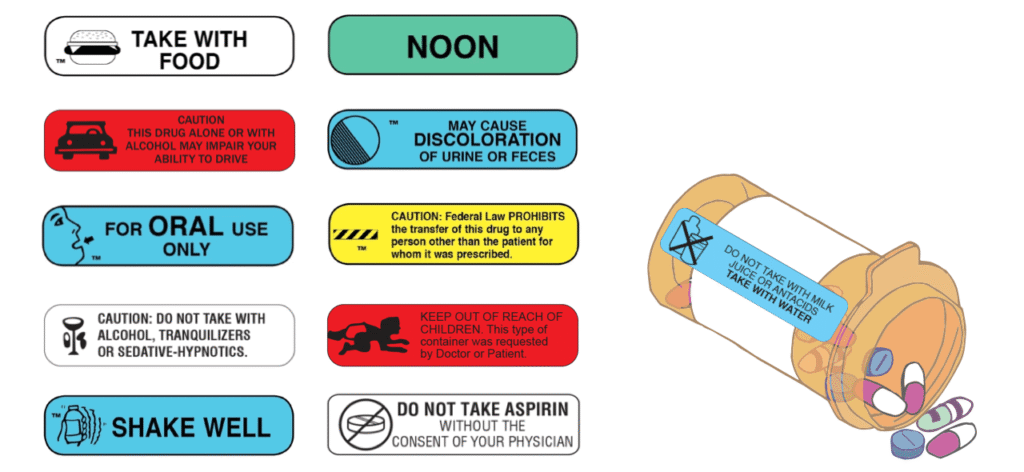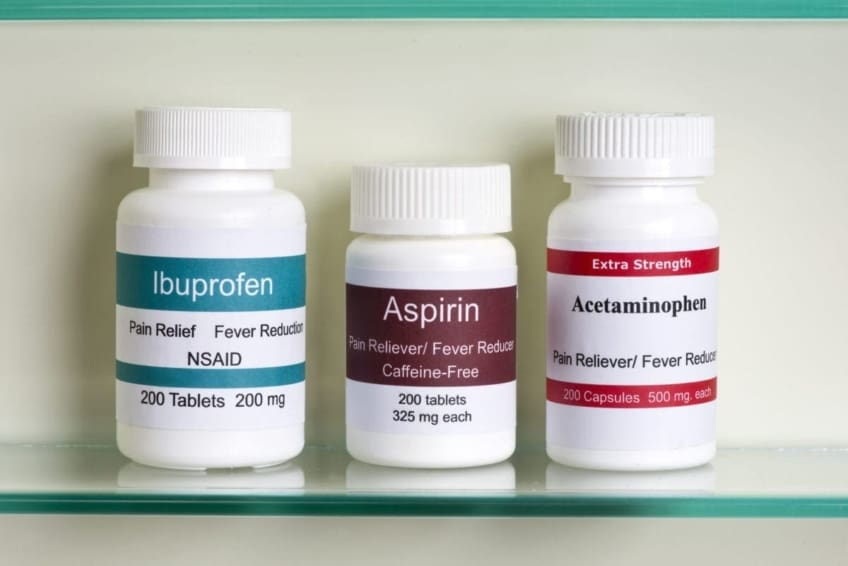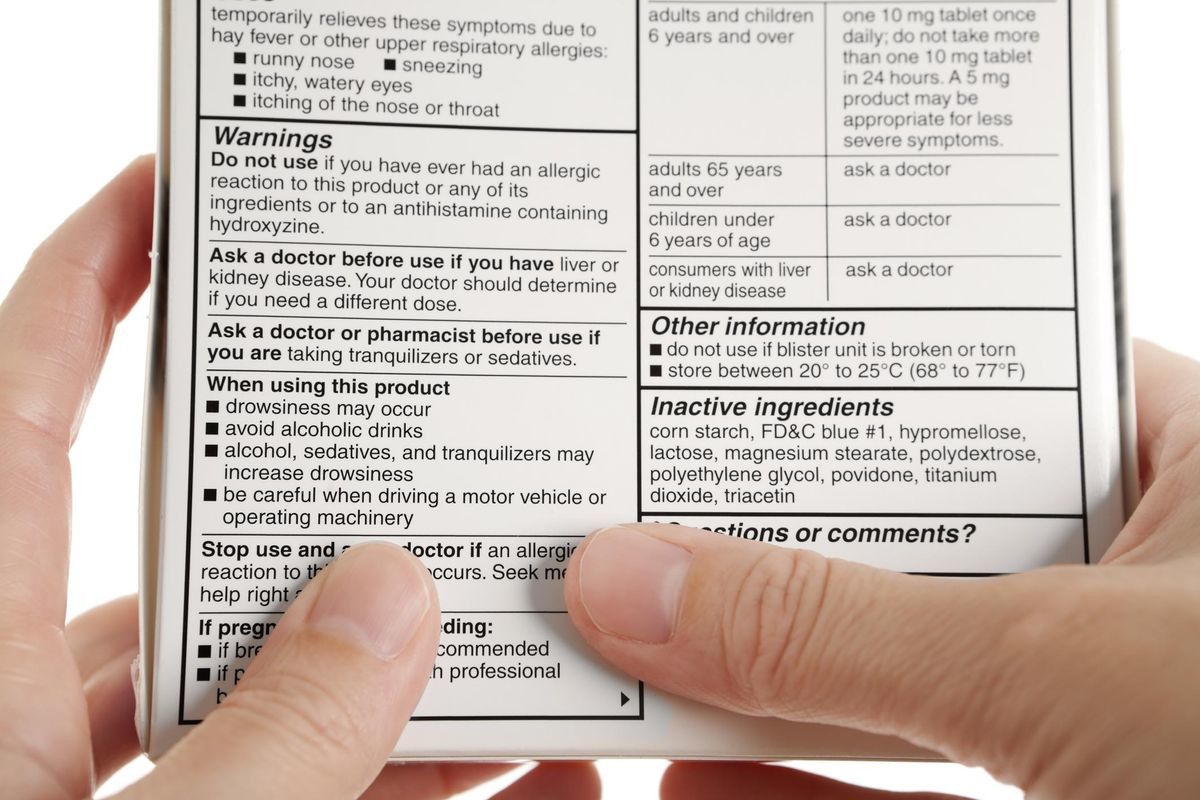When dealing with cold, flu, or sinus symptoms, you might find yourself reaching for both a decongestant like Sudafed and a pain reliever to manage multiple symptoms simultaneously. Understanding which pain relievers are safe to combine with pseudoephedrine (the active ingredient in original Sudafed) is crucial for your safety and effective symptom management. This comprehensive guide explores the compatibility, dosing recommendations, and important safety considerations for combining various pain relievers with Sudafed.

Comparison of common over-the-counter pain medications including acetaminophen, ibuprofen, naproxen, and aspirin, detailing their uses, dosages, brand names, and risks shine365.marshfieldclinic
Understanding what pain reliever can i take with sudafed and Its Active Ingredients
Sudafed contains pseudoephedrine hydrochloride, a sympathomimetic decongestant that works by constricting blood vessels in the nasal passages to reduce swelling and congestion. As a stimulant-like medication, pseudoephedrine can affect your cardiovascular system, increasing heart rate and blood pressure while providing relief from nasal congestion.
The medication is available in both immediate-release and extended-release formulations, with dosing typically ranging from 30-60 mg every 4-6 hours for immediate-release versions, up to a maximum of 240 mg per day. It’s important to note that Sudafed is kept behind pharmacy counters due to its potential for misuse in illegal drug manufacturing, though it remains available without a prescription.
Safe Pain Relievers to Take with Sudafed
Acetaminophen (Tylenol)
Acetaminophen is considered one of the safest pain relievers to combine with Sudafed. Multiple drug interaction databases confirm no significant interactions between acetaminophen and pseudoephedrine. This combination is so well-tolerated that many over-the-counter products contain both ingredients together.
Safety Profile:
- No documented drug interactions with pseudoephedrine
- Available in FDA-approved combination products
- Works through different mechanisms – acetaminophen affects pain centers in the brain while pseudoephedrine acts on nasal blood vessels
Dosing Recommendations:
- Maximum acetaminophen dose: 3,000-4,000 mg per 24 hours for healthy adults
- Can be taken simultaneously with Sudafed or alternated every 3-4 hours
- Always check combination cold medications to avoid accidental overdose

Patient consulting with a doctor about medication safety and choices in a medical office health.harvard
Ibuprofen (Advil, Motrin)
Ibuprofen, a nonsteroidal anti-inflammatory drug (NSAID), is another safe option when combined with Sudafed. Drug interaction screenings consistently show no significant interactions between these medications. In fact, several prescription and over-the-counter combination products contain both ibuprofen and pseudoephedrine.
Safety Profile:
- No documented interactions with pseudoephedrine
- Commonly combined in commercial cold and sinus medications
- May provide superior pain and inflammation relief compared to acetaminophen for sinus-related symptoms
Dosing Guidelines:
- Maximum over-the-counter ibuprofen dose: 1,200 mg per 24 hours
- Typical dose: 200-400 mg every 6-8 hours
- Should be taken with food to minimize stomach irritation
- Can alternate with acetaminophen every 3-4 hours for enhanced pain relief
Naproxen (Aleve)
Naproxen is safe to use with Sudafed and is available in FDA-approved combination products specifically designed for sinus pressure and pain relief. This longer-acting NSAID can provide extended relief when combined with pseudoephedrine.
Safety Profile:
- Available in combination products with pseudoephedrine
- Longer duration of action compared to ibuprofen
- Same NSAID precautions apply as with ibuprofen
Dosing Information:
- Combination products typically contain 220 mg naproxen with 120 mg pseudoephedrine
- Taken every 12 hours as directed on packaging
Aspirin
Aspirin can be safely combined with Sudafed, as confirmed by multiple drug interaction databases showing no significant interactions. Research has demonstrated that aspirin-pseudoephedrine combinations are both safe and effective for treating upper respiratory tract infections.
Clinical Evidence:
- Studies involving 833 patients showed safe and effective combination therapy
- No unexpected adverse events in clinical trials
- Provides both analgesic and anti-inflammatory benefits
Considerations:
- Follow standard aspirin dosing guidelines
- Not recommended for children under 16 due to Reye’s syndrome risk
- Consider stomach protection if using regularly

Common over-the-counter pain relievers: ibuprofen, aspirin, and acetaminophen with dosage and usage information familydoctor
Dosing Guidelines and Timing Recommendations
Maximum Daily Limits
When combining pain relievers with Sudafed, it’s crucial to stay within safe daily limits for each medication:
| Medication | Maximum Daily Dose (Adults) | Dosing Interval |
|---|---|---|
| Pseudoephedrine | 240 mg | Every 4-6 hours (immediate-release) |
| Acetaminophen | 3,000-4,000 mg | Every 4-6 hours |
| Ibuprofen (OTC) | 1,200 mg | Every 6-8 hours |
| Naproxen | Varies by product | Every 8-12 hours |
| Aspirin | Follow package directions | Every 4-6 hours |
Optimal Timing Strategies
For maximum effectiveness while maintaining safety:
- Simultaneous Dosing: Most pain relievers can be taken at the same time as Sudafed
- Alternating Schedule: For extended relief, alternate acetaminophen and ibuprofen every 3-4 hours while maintaining Sudafed schedule
- Timing Considerations: Take the last dose of Sudafed several hours before bedtime to avoid insomnia
Important Safety Warnings and Contraindications
Pharmacist assisting a customer with over-the-counter medication at a pharmacy counter dreamstime

When NOT to Combine These Medications
Certain individuals should avoid combining pain relievers with Sudafed or use extra caution:
Cardiovascular Conditions:
- Uncontrolled high blood pressure
- Heart disease or history of heart attack
- Irregular heart rhythms
Other Medical Conditions:
- Severe kidney or liver disease
- Diabetes mellitus
- Hyperthyroidism
- Narrow-angle glaucoma
- Enlarged prostate (BPH)
Drug Interactions to Avoid
Never combine Sudafed with:
- MAO inhibitors (phenelzine, selegiline) – wait 14 days after stopping
- Tricyclic antidepressants
- Blood pressure medications (may reduce effectiveness)
- Other stimulant medications
Hidden Ingredients Warning
Many over-the-counter products contain multiple active ingredients. Always check labels carefully to avoid accidental overdose. Common products that may contain acetaminophen include DayQuil, NyQuil, Excedrin, and various cold medications.
Emergency Warning Signs

Close-up of a person reading medication warning labels and dosage instructions on an OTC drug box healthywomen
Seek immediate medical attention if you experience:
Severe Symptoms:
- Sudden, severe headache
- Chest pain or difficulty breathing
- Fast, irregular, or pounding heartbeat
- Confusion or seizures
- Severe stomach pain
- Signs of allergic reaction (rash, swelling, difficulty breathing)
Acetaminophen Overdose Signs:
- Loss of appetite, nausea, vomiting
- Stomach pain and sweating
- Dark urine or yellowing of skin/eyes
- Confusion or weakness
Special Populations and Considerations
Pregnancy and Breastfeeding
Pregnant and breastfeeding women should consult healthcare providers before combining any medications. Pseudoephedrine crosses into breast milk and may affect nursing infants.
Children and Adolescents
- Children under 12 should not use adult formulations
- Pediatric dosing requires careful calculation based on weight and age
- Never give aspirin to children under 16 due to Reye’s syndrome risk
Elderly Patients
Older adults may be more sensitive to the cardiovascular effects of pseudoephedrine and should use lower doses with medical supervision.
Professional Consultation Guidelines

A doctor consulting a patient about medication safety in a clinical setting genomind
Consult a healthcare provider before combining medications if you:
- Have any chronic medical conditions
- Take prescription medications regularly
- Experience symptoms lasting more than 7 days
- Have previous adverse reactions to any ingredients
- Are pregnant, breastfeeding, or planning pregnancy
Alternative Approaches and Complementary Strategies
While medication combinations can be effective, consider these additional strategies:
Non-Pharmacological Options:
- Saline nasal rinses for congestion relief
- Warm compresses for sinus pressure
- Adequate hydration and rest
- Humidified air to reduce nasal dryness
Timing Optimizations:
- Take medications with food to reduce stomach irritation
- Avoid late-day dosing of Sudafed to prevent insomnia
- Monitor symptoms and adjust timing as needed
Monitoring and Follow-Up Care
When using combination therapy:
- Track Symptoms: Monitor effectiveness and any adverse reactions
- Limit Duration: Avoid extended use beyond package recommendations
- Regular Assessment: Evaluate if continued combination therapy is necessary
- Professional Communication: Inform all healthcare providers about your medication use
Frequently Asked Questions
Can I take Tylenol and Sudafed at the same time?
Yes, acetaminophen (Tylenol) can be safely taken with Sudafed. No significant drug interactions have been documented between these medications. Many over-the-counter products contain both ingredients in combination.
Is it safe to alternate ibuprofen and acetaminophen while taking Sudafed?
Yes, alternating ibuprofen and acetaminophen every 3-4 hours while maintaining your Sudafed schedule is generally safe for healthy adults. This approach can provide better around-the-clock pain relief than using either pain reliever alone.
How long should I wait between taking different pain relievers with Sudafed?
For immediate relief, most pain relievers can be taken simultaneously with Sudafed. For alternating schedules, wait 3-4 hours between acetaminophen and ibuprofen doses while following the recommended Sudafed schedule of every 4-6 hours for immediate-release formulations.
What should I do if I accidentally take too much?
If you suspect an overdose of any medication, seek immediate medical attention or call Poison Control at 1-800-222-1222. Signs of acetaminophen overdose include nausea, vomiting, stomach pain, and confusion, while pseudoephedrine overdose may cause rapid heartbeat, high blood pressure, and agitation.
Can I take these combinations if I have high blood pressure?
Individuals with high blood pressure should consult their healthcare provider before taking Sudafed, as pseudoephedrine can increase blood pressure. Your doctor may recommend alternative decongestants or closer monitoring if combination therapy is necessary.
This comprehensive guide provides the essential information needed to safely combine pain relievers with Sudafed. Always prioritize safety by reading medication labels carefully, staying within recommended dosing limits, and consulting healthcare professionals when in doubt. Remember that while these combinations are generally safe for healthy adults, individual circumstances may require personalized medical advice for optimal treatment outcomes.